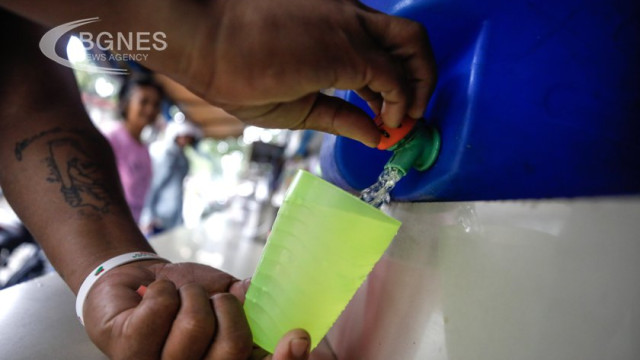It can be difficult to take in the recommended amount of water each day, especially during heat waves when the required intake increases. But there are easy ways to add a little pep to your drinks so you're more inclined to keep sipping.
As the world grapples with a global heat wave, experts say it's important to keep the body hydrated to enjoy good health and avoid heat-related illnesses. However, sometimes drinking plain water is boring and tasteless. Therefore, you can flavor your water in an easy and fun way: by infusing it with fruits, vegetables, and herbs.
Experts say we should drink at least 1.5 liters of water every day, warning that anything less than 1 liter a day is insufficient to replace our needs, especially when the weather is warm or for those who do vigorous physical activity or do sports.
If you want to diversify your sparkling water or tap water, many flavors will give you additional pleasure of consumption.
Try using fruit or herbs to quench your thirst without the extra sugar or additives found in store-bought flavored water.
This helps people who generally don't like to drink water to indulge and turn it into an attractive experience - says water sommelier Andre Ullig.
Flavored water helps people make sure they drink the recommended amount each day, and some blogs say it has other benefits, including a "detox effect." However, scientists point out that research has not yet proven this.
But adding fruits, herbs, and vegetables to your pitcher of water will provide variety and enjoyment, even if you end up consuming only a fraction of the vitamins and minerals they contain.
When you want to add fruits or vegetables, it doesn't matter if you use tap or bottled water, as both will absorb the aromas and flavors equally.
But keep in mind that if you choose mineral water, if it's highly mineralized, it can dominate the taste and enhance the fruity aroma, Uhlig says. Go for a moderate degree of mineralization, is his recommendation.
Try adding fruit, chunks of vegetables or herbs depending on what's in season - from oranges to strawberries, then blueberries or apples./BGNES





.jpeg)

